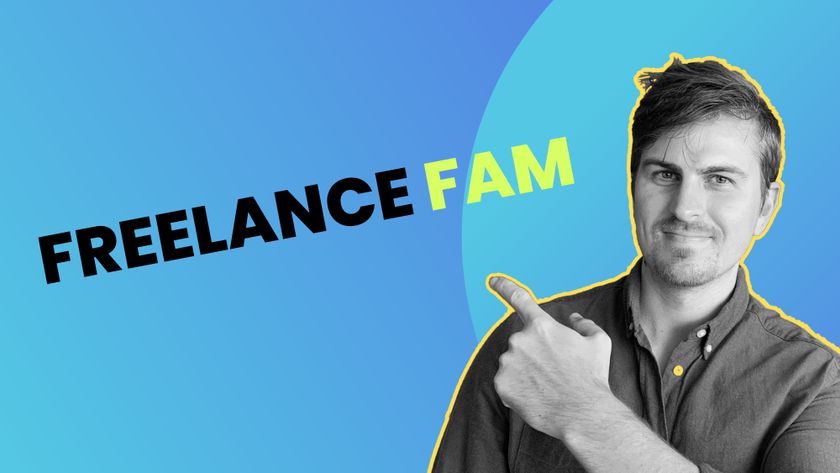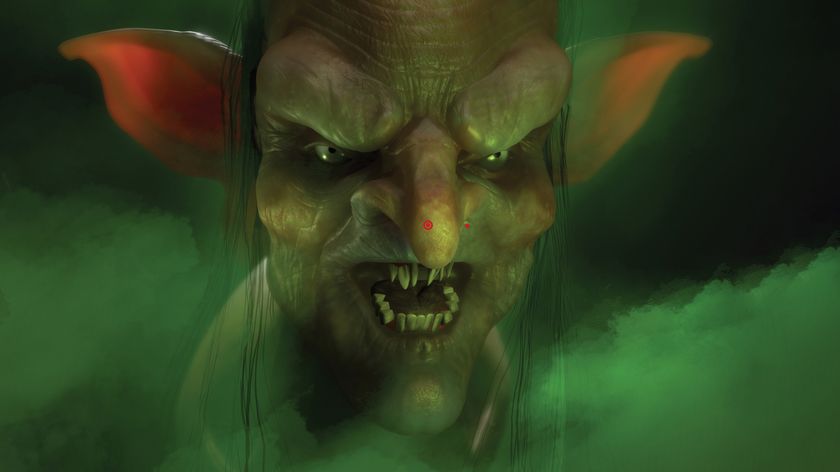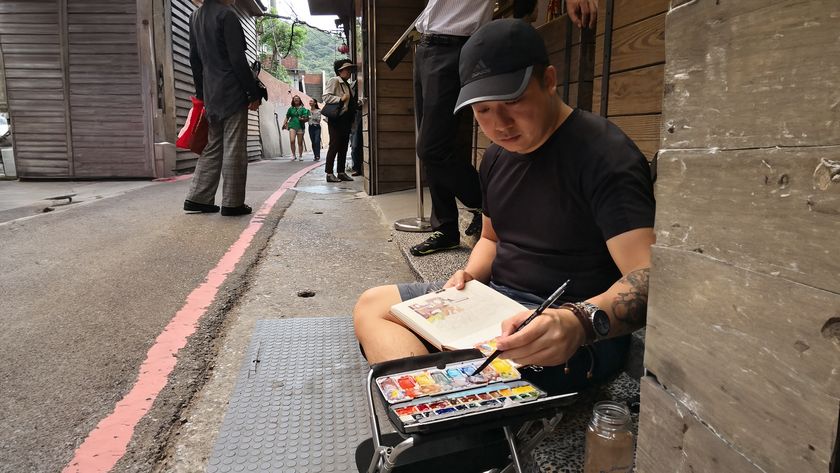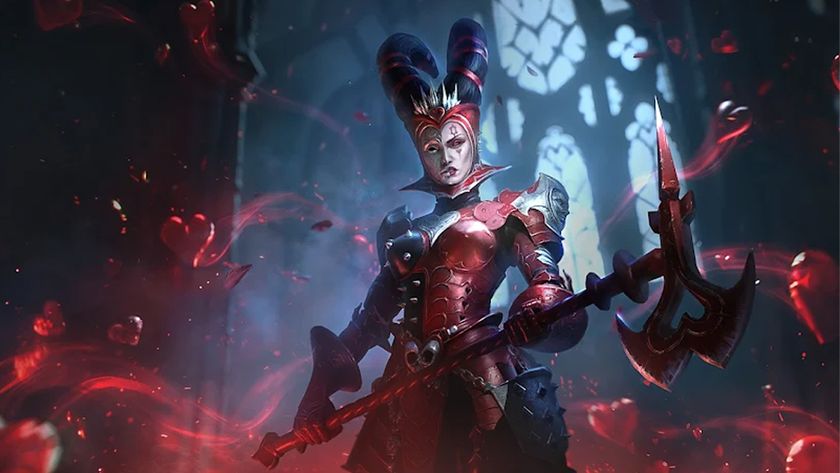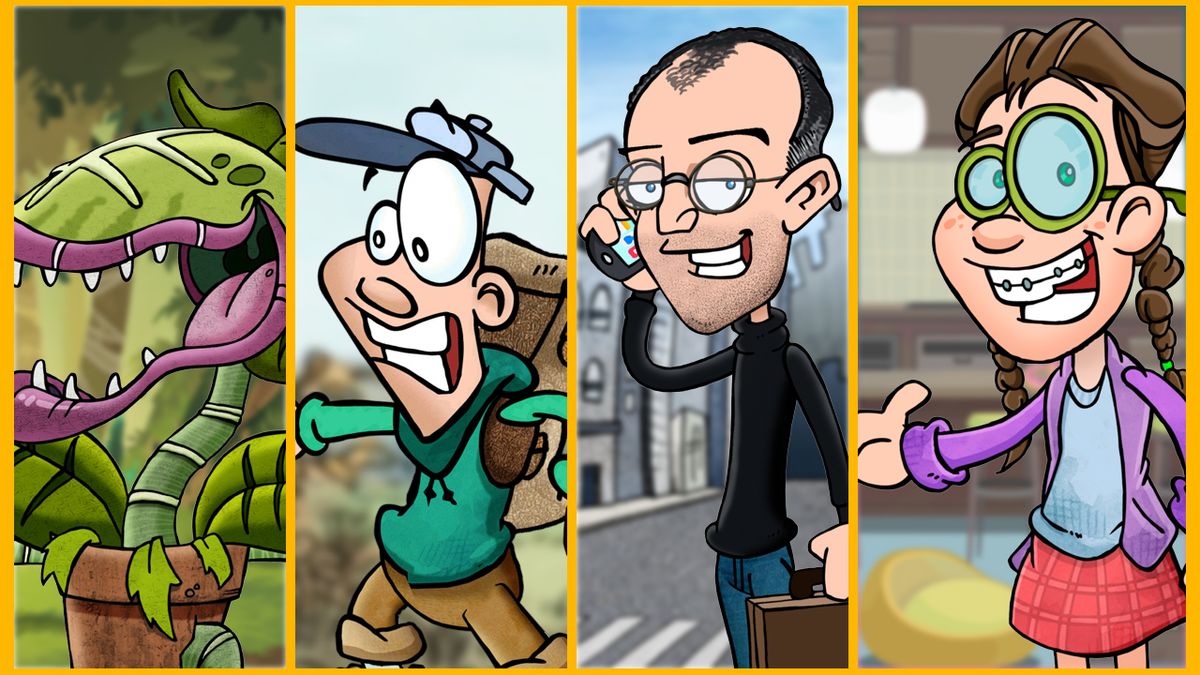
Garry Pye has been drawing cartoons all his life. Despite no formal artistic education, he went from hobbyist to full-time animator after discovering Reallusion and their 2D animation software six years ago.
I have been drawing cartoons ever since I was old enough to hold a pencil. I am a self-taught artist, illustrator and animator who specialises in creating characters, backgrounds and prop content. I started working as a content developer in my spare time, and this has turned into a full-time business. I now have over 1,400 assets available online, which I sell to animators around the world.
From the age of 17, I worked with my father in our family trophy store – for 31 years, in fact. But my true passion was drawing cartoons. And I dreamed of one day being able to do that as my full time job.
In this article, I’m going to share with you how Cartoon Animator (formally CrazyTalk Animator) helped me to jump from working in that trophy store to creating a profit-making, successful full-time online business.
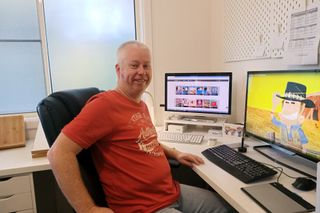
Discovering animation
Since I was a child, all I’ve ever done is draw – learning from great fantasy artists like Boris Vallejo and Frank Frazetta, and the incredible comic artists of MAD magazine like Mort Drucker and Jack Davis. I mimicked their styles until eventually I developed my own.
I always had a fascination with 2D animation, and although I experimented many times with it, I did not have the skills or patience required for traditional frame-by-frame cell animation. Then I came across a piece of software called CrazyTalk Animator, which promised aspiring animators the opportunity to produce professional results without the tedious frame-by-frame work.
Discovering this software changed my career. After installing it, in a matter of hours I was making things move. About 3 months later, I was creating funny short animated videos (such as the one below) to entertain my friends.
I soon realised this tool could really help businesses of all types to be able to immediately tell a story, or demo their concept for business or education purposes.
Building a Business
Very quickly, I started to sell my art in Reallusions 2D Marketplace, and have continued to do that for the last 6 years – adding more and more characters, backgrounds and props. Eventually, I opened my own Theme Store on the Reallusion site, and even began representing other artists' work.
In my 31-year career working in my family trophy business, I learned many of the skills I would need to turn my hobby into a successful new career. I learned how to operate a business on a day-to-day basis, from marketing and advertising to sales and manufacturing, and also taught myself software skills including Photoshop and CorelDraw. And, of course, customer relations and communications – which in my opinion are the most vital skills for business owner.
I look at where I was with CrazyTalk Animator 6 years ago compared with where I am today, and it demonstrates something truly wonderful about this software: it grows with you. The software guides you through those early days of basic animation, so that as your confidence and skills grow, you become more comfortable exploring the more professional tools within, and your animations become more polished as a result.
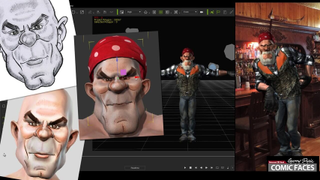
Collaborating with developers and becoming a Reallusion community manager
As my digital content business grew, my hobby not only became my full-time job, but I also opened my own market store to sell my creations and also help other artists like me to get into world of digital creation.
I believe there are many more artists like me out there – talented designers and artists who struggle between work and their passion. That’s why I recently officially became a Reallusion Spokesman and Community Manager. I want to share my true passion with others, and help more artists to succeed.
Two Theme Stores: Reallusion Content Store & 2D Marketplace
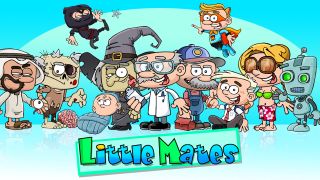
Reallusion offers several different areas on the website for developers to sell and promote their products, from hobbyists to professionals.
The first step in becoming a content developer was to sell my characters, props and backgrounds in the 2D Marketplace, a wonderful platform for artists at any skill level. The Marketplace allows you to load any content at no cost, and you make a healthy commission from each sale. Reallusion provides you with the templates you need for marketing, but the look and design of your marketing is entirely in your control. I still load all of my new content to the Marketplace today and it’s a fantastic site for being seen by potential customers.
Once my catalogue of content had grown in size, I was invited to join the Reallusion Content Store which has the advantage of being controlled by Reallusion itself, including all marketing, which is extensive. The secret to both the Marketplace and the Content Store was to remain relevant and current, creating and uploading new content on a regular basis so the audience I was building would return to see what new content was on offer.
Then I was invited to open my own Theme Store on the Reallusion site, which meant that my store was now featured on the main page, giving me considerable more exposure on the site and once again building on my brand. By this time I had a large following of loyal customers that had been accumulated through each level of the sites platforms, from Marketplace to Content Store and finally to Theme Store, where I now represent other artists and help promote their work.
All Stars – My latest series of characters created with Cartoon Animator 4
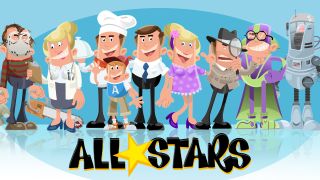
As well as making standalone characters, I knew from the beginning of my work as a content developer that I wanted to make series of characters as well, so that animators would have a range of characters to choose from, all with the same distinct and recognisable style.
For the All Stars I chose a vector style of design, with no black outline, which I felt was more suitable to the needs of media presenters for corporate training videos and slideshows (my target audience for this series). The characters are cartoony, but still based on normal human proportions. Fun, but professional.
I would certainly have been able to create the All Stars in CrazyTalk Animator 3, however Cartoon Animator 4 gave me several distinct advantages. The main one was that with CTA4, I am able to add additional layers to the face, meaning that for the first time you could create things like hair that has multiple levels, each of which can either be visible or invisible to change a characters hair style, or even animate the hair sections using the Deform function. Moustaches and facial hair could now be easily turned on or off without having to have them built in to the nose sprite, making sprite selection much easier.
In addition, the new G3 360 Degree Heads allow much more natural movement for character animation. I did not incorporate the full arc of movement with these characters heads with The Bendies, which was a design choice. And the option is always there should I choose to expand the characters style and incorporate it later.

Thank you for reading 5 articles this month* Join now for unlimited access
Enjoy your first month for just £1 / $1 / €1
*Read 5 free articles per month without a subscription

Join now for unlimited access
Try first month for just £1 / $1 / €1
Get the Creative Bloq Newsletter
Daily design news, reviews, how-tos and more, as picked by the editors.
Garry Pye is a self-taught artist, illustrator, and animator who specialises in creating characters, backgrounds and prop content. He began to work as a Reallusion Content Developer as a hobby in his spare time. He developed the Little Mates series of characters among others.

